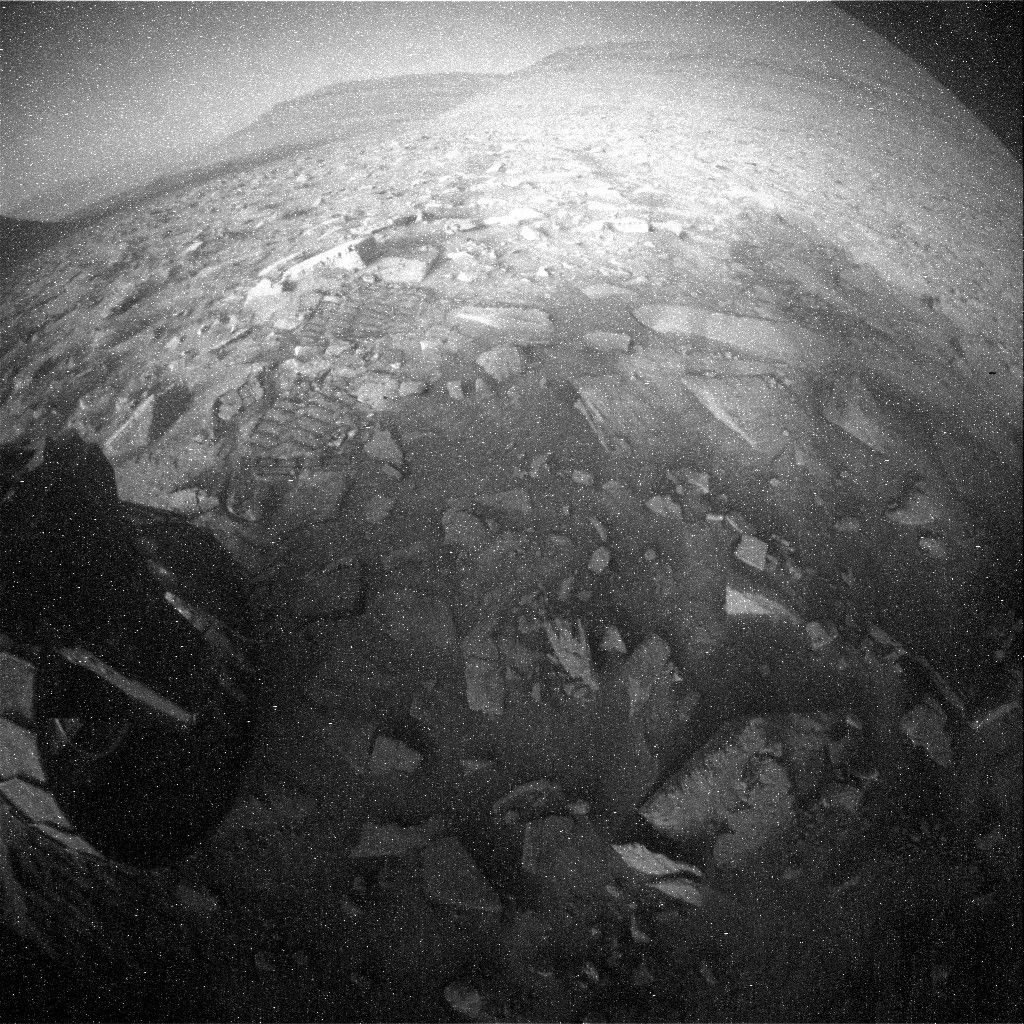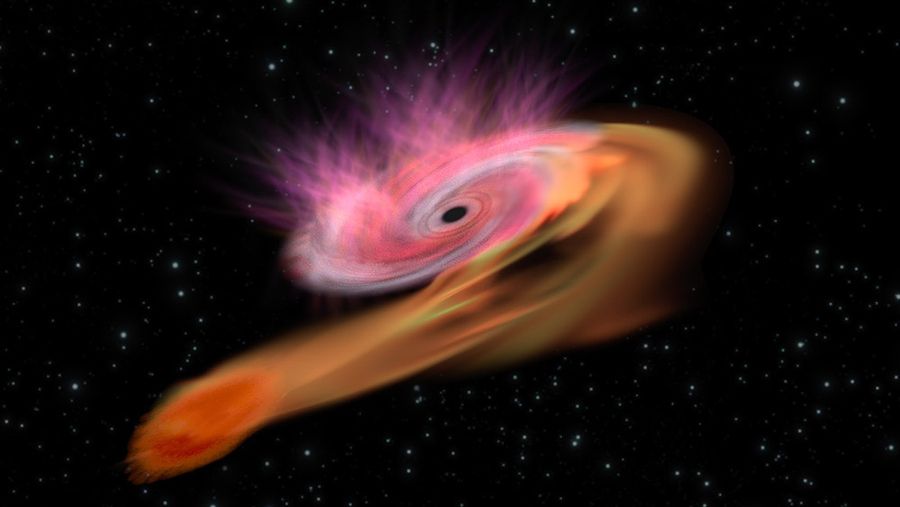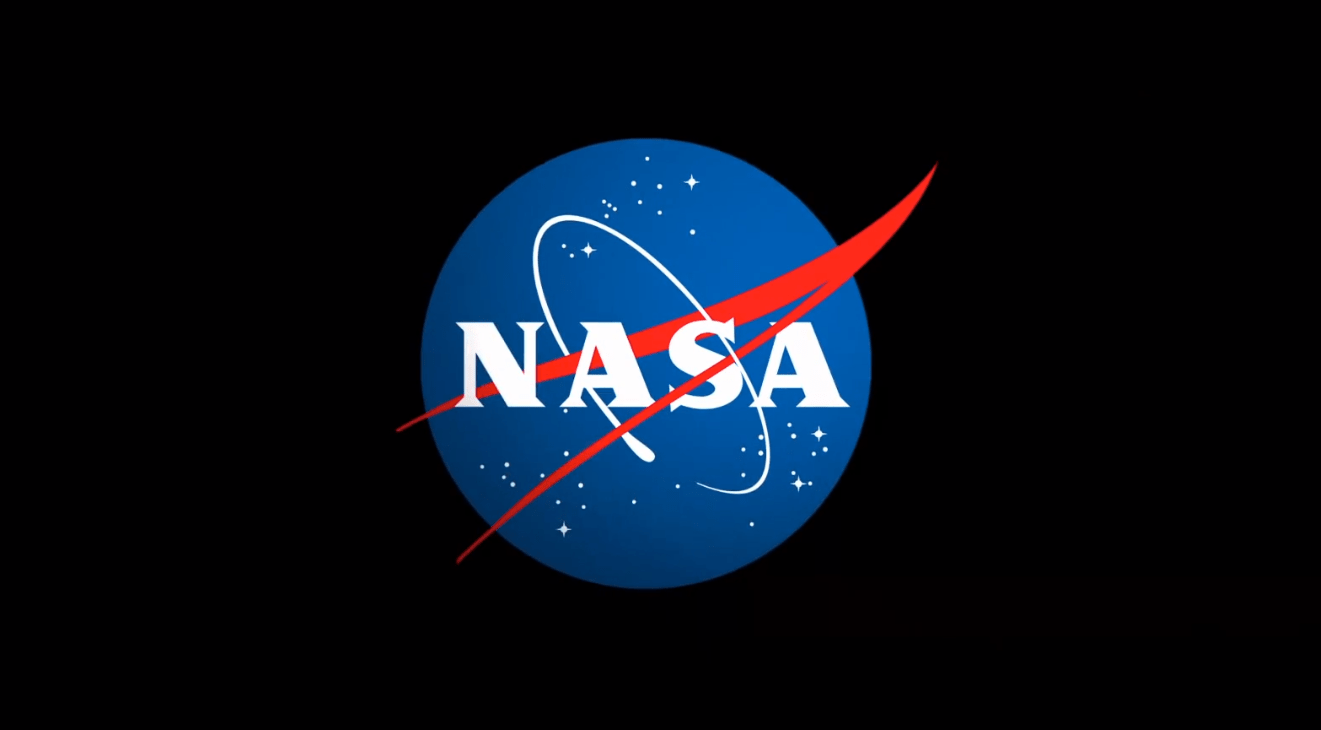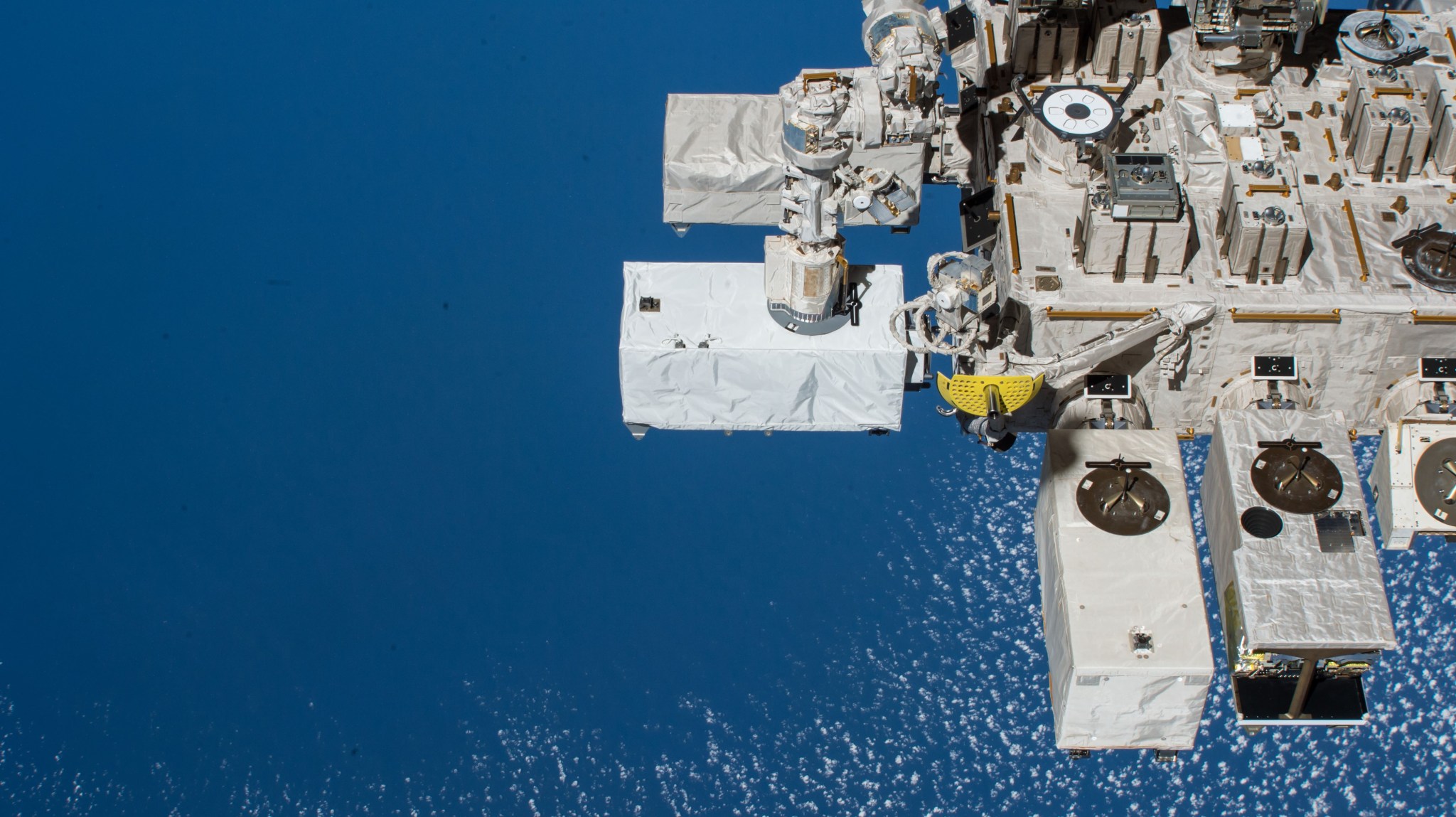Curiosity Navigation Curiosity Home Mission Overview Where is Curiosity? Mission Updates Science Overview Instruments Highlights Exploration Goals News and Features Multimedia Curiosity Raw Images Images Videos Audio Mosaics More Resources Mars Missions Mars Sample Return Mars Perseverance Rover Mars Curiosity Rover MAVEN Mars Reconnaissance Orbiter Mars Odyssey More Mars Missions 3 min read Sols 4447–4449: Looking Back at the Marker Band Valley NASA’s Mars rover Curiosity captured this image of its workspace using the rover’s Rear Hazard Avoidance Camera (Rear Hazcam) on sol 4447 — or Martian day 4,447 of…
Read MoreDay: February 10, 2025
Risks with current Artemis 3 moon landing plan ‘may be too high,’ NASA safety group says
An annual safety report to NASA has both praise for the agency and also underscores a number of cautionary woes, including the space agency’s undertaking of the Artemis back-to-the-moon with humans campaign. The annual report from the Aerospace Safety Advisory Panel (ASAP) has been released. The report observes that NASA has made impressive progress. Challenges remain, however, and are highlighted in this report. Of note, this report points to significant safety observations for both the agency’s Moon to Mars Program and the current International Space Station operations in low-Earth orbit.…
Read MoreMount Everest from Space
This view from space shuttle Columbia shows Mount Everest, which reaches 29,028 feet in elevation (8,848 meters), along with many glaciers. Mount Everest is to the left of the V-shaped valley. NASA Crew aboard space shuttle Columbia captured this image of Mount Everest on Nov. 30, 1996, during the STS-80 mission. STS-80, the final shuttle flight of 1996, was highlighted by the successful deployment, operation, and retrieval of two free-flying research spacecraft. See more photos from this mission. Image credit: NASA
Read MoreWhat was the mysterious space signal scientists discovered in 2024? Here are some possibilities
Having launched on January 9, 2024 by the Chinese Academy of Sciences, the Einstein Probe detected several new events during its commissioning phase. Last October, Yuan Weimin, the spacecraft’s principle investigator, told China Central Television that the X-ray observatory had already discovered around 60 very strong transient celestial objects, close to a thousand potential transients, and nearly 500 stellar flares, along with a gamma-ray burst from the very early universe. One of those detections was EP240408a, an unusual blast that lit up discussions between astronomers. Zhang and his colleagues immediately…
Read MoreNASA Awards Launch Service Task Order for Pandora Mission
Credit: NASA NASA has selected SpaceX of Starbase, Texas, to provide the launch service for the agency’s Pandora mission, which will study at least 20 known exoplanets and their host stars to find out how changes in stars affect our observations of exoplanet atmospheres. The selection is part of NASA’s Venture-Class Acquisition of Dedicated and Rideshare (VADR) launch services contract. This contract allows the agency to make fixed-price indefinite-delivery/indefinite-quantity awards during VADR’s five-year ordering period, with a maximum total value of $300 million across all contracts. During its one-year primary…
Read MoreStation Science Top News: Feb. 7, 2025
Measuring water loss from space This study showed that the International Space Station’s ECOSTRESS instrument estimates of evapotranspiration (transfer of water to the atmosphere from Earth’s surface and plants) are comparable to ground-based reference values. This finding suggests space measurements could provide guidance for improved water management on large scales. Worsening droughts due to climate change require better water management. Evapotranspiration is a critical part of the hydrologic cycle, but data are lacking on local water conditions and demands. California’s Eastern Municipal Water District uses the ground-based California Irrigation Management…
Read MoreFirefly’s Blue Ghost lunar lander leaves Earth orbit to head for the moon
Firefly Aerospace’s Blue Ghost lunar lander is now headed for the moon after firing its engines to send it out of Earth orbit. “Blue Ghost successfully performed a Trans Lunar Injection burn to escape Earth’s gravitational pull and begin a 4-day transit to the moon’s orbit,” Firefly stated on social media platform X on Saturday (Feb. 8). The lander launched on the “Ghost Riders in the Sky” mission on Jan. 15 atop a SpaceX Falcon 9 rocket along with the Japanese space exploration firm ispace’s Resilience moon lander. Both spacecraft…
Read More





